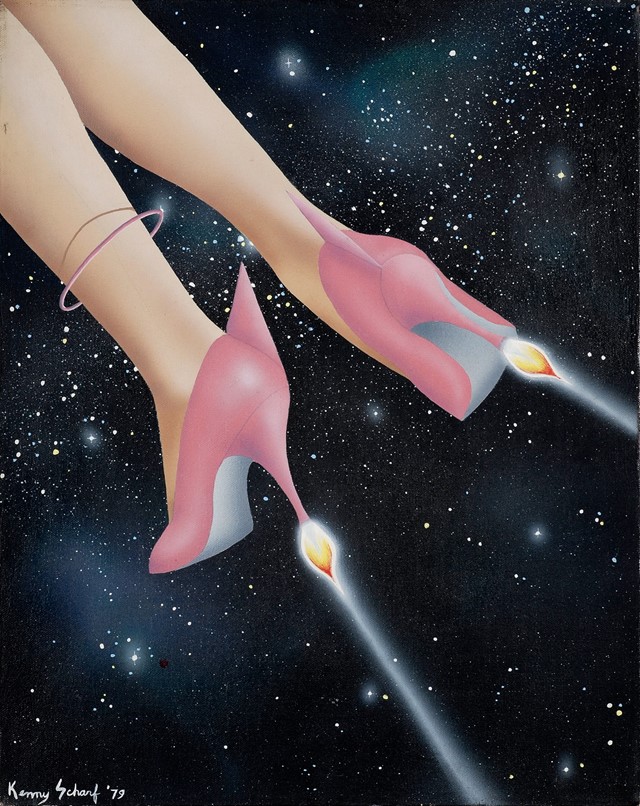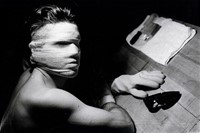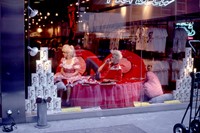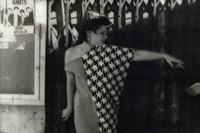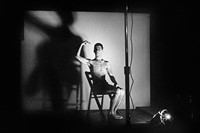From 1978 to 1983, Club 57 housed art, film and performance the likes of which the East Village had never before seen
A harmonious political landscape rarely fuels creative transgression. It’s no wonder that Club 57, the intoxicatingly chaotic early-1980s downtown New York art venue, was conceived at a particularly bleak point in time. Located in the offbeat basement of a Polish church on St. Mark’s Place, and frequented by the likes of Keith Haring, Kenny Scharf and Jean-Michel Basquiat, the now-legendary alternative space provided a means of survival for creative freedom in an intensely inhospitable environment. The Reagan presidency, the crime-ridden city, and the transition New York was undergoing at the time forced artists into run-down East Village tenement apartments worthy of the spectral, stripped atmosphere of Jim Jarmusch’s Stranger Than Paradise, and set in motion a visceral craving for social spaces, creative interdisciplinarity and collaborative experimentation.
The club was founded by Stanley Strychacki and quickly became a radical antithesis to the exclusive, glamorous hedonism of uptown’s Studio 54. It was, however, as short-lived as it was disruptive; it ripped through the suffocating mainstream of 70s Manhattan with an energy too incendiary to last. Now, Club 57: Film, Performance and Art in the East Village 1978-1983, currently showing at MoMA, is the first major exhibition to dissect the subversive and innovative legacy of this seminal art collective.
The main challenge for curators Sophie Cavoulacos and Ron Magliozzi was to effectively document a movement known for its ephemerality, they explain. “So much of the history of the club was anecdotal. It was all about people recollecting what had happened there, going through their closets or looking under their beds to see if they had saved anything,” says Magliozzi. “We set up the task of documenting what happened in this place every day from 1978 to 1983, and created a day-by-day listing of the stuff that went on at the club.”
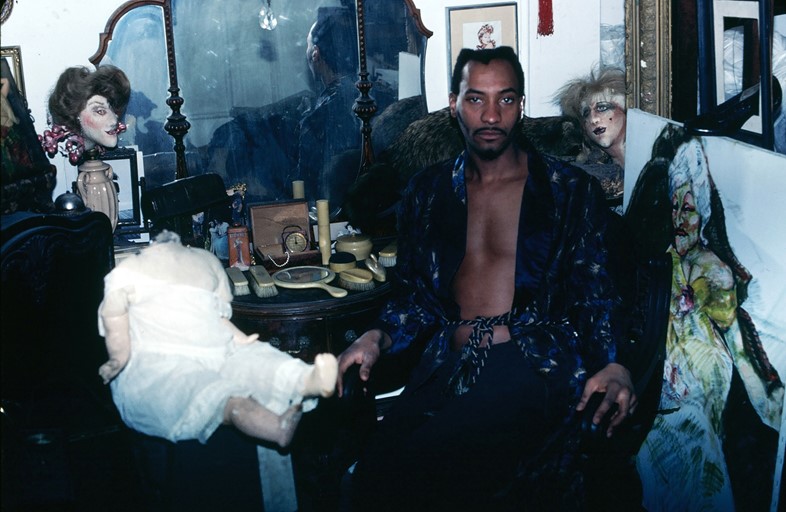
Their ambition went far beyond simply building a static visual archive of club memorabilia, however; recreating the perpetually changing scene of the club was crucial. “There will be a weekly rotation of screenings, displays, artworks and performances rolling out through April,” Magliozzi continues. “It was really important to us that the exhibition not be fixed. It’s about bringing back the spirit of constant modification, transforming the narratives and identities, recreating yourself.”
The exhibition also attests to the club’s complete lack of stylistic unity. “What started as an alternative screening venue ended up appealing to artists across so many disciplines,” explains Sophie Cavoulacos. From paintings, sculpture and fashion to Xerox art and experimental happenings, the practices that passed through the club were vast. 57 St Mark’s Place quickly became a confluence of neo-Dada poetry, punk rock game shows, drag cabaret nights or screenings of Warhol Factory-era films. Ex-club manager and guest curator Ann Magnuson described the hotspot as a haven for “pointy-toed hipsters, girls in rockabilly petticoats, spandex pants, and thrift-store stiletto heels... Suburban refugees who had run away from home, who liked the things we liked – Devo, Duchamp, and William S. Burroughs – and (more importantly) hated the things we hated – disco, Diane von Fürstenberg, and The Waltons.”
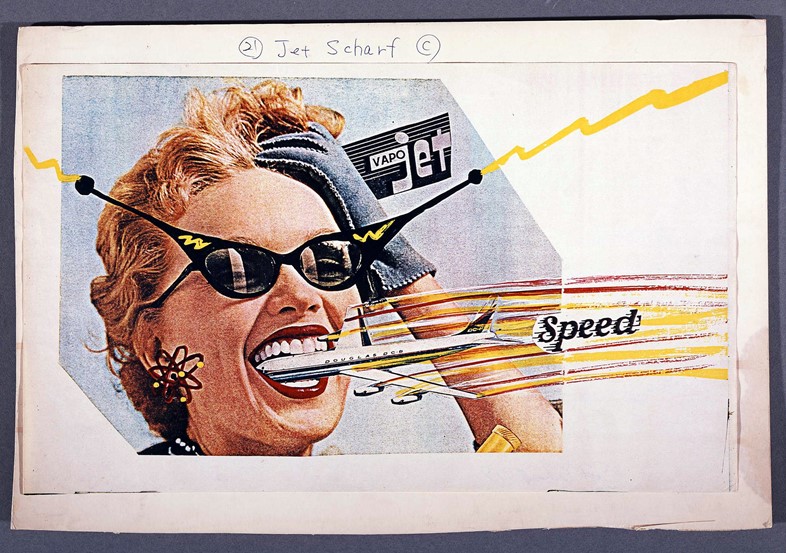
Like many electrifying countercultural collectives, Club 57 ended abruptly. Many of the artists who contributed to the club’s ethos tragically succumbed to the AIDS and heroin epidemics of the 80s. The memorial aspect of the exhibition, however, wasn’t a nostalgic impulse, but rather stemmed from a desire to showcase the real contemporary relevance of the work and spirit of these trailblazing artists. “This show is a testament to them,” says Ann Magnuson, “so that they can inspire young people to have the creative freedom that we had.”
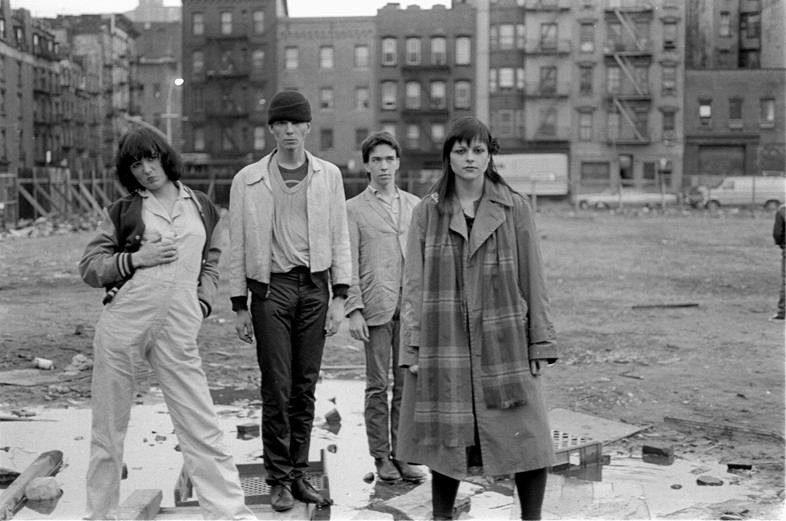
Club 57: Film, Performance and Art in the East Village, 1978-1983 runs until April 1, 2018 at the Museum of Modern Art, New York.
